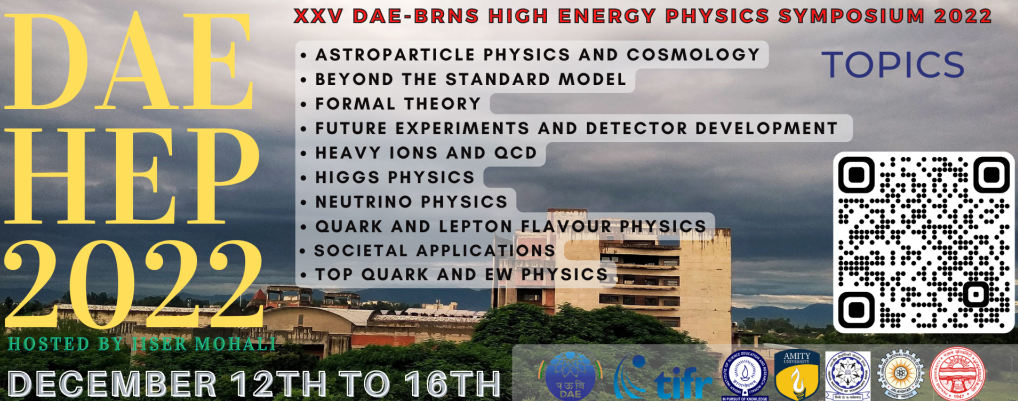Speaker
Description
One of the classic ways of studying QCD events in high energy experiments is to measure the Event Shape variables e.g., Thrust, Jet Broadening, Angularity etc. which are observables designed to characterize several properties including the geometric shape of hadron distribution in the event. In this talk, we will discuss a more general global event shape "angularity" for deep inelastic scattering process (DIS), eP -> dijet, in the framework of Soft-Collinear Effective Theory (SCET) and give precision prediction to the DIS angularity cross-section for future Electron-Ion-Collider(EIC) at next-to-next-to-leading log (NNLL) accuracy. The talk is mostly based on our recent publication JHEP11(2021)026.
Angularity is a class of event-shape observables that can be measured in
deep-inelastic scattering(EIC at BNL). With its continuous parameter 'a' one can interpolate angularity between thrust and broadening and further access beyond the region. Providing such a systematic way to access various observables makes angularity attractive in analysis with event shapes. We give the definition of angularity for DIS and factorize the cross-section by using the soft-collinear effective theory. The factorization is valid in a wide range of below and above thrust regions but invalid in broadening limits. It contains an angularity beam function, which is the new result, and we give the expression at O(αs). We also perform large log resummation of angularity and make predictions at various values of 'a' at next-to-next-to-leading log accuracy.
| Session | Heavy Ions and QCD |
|---|
